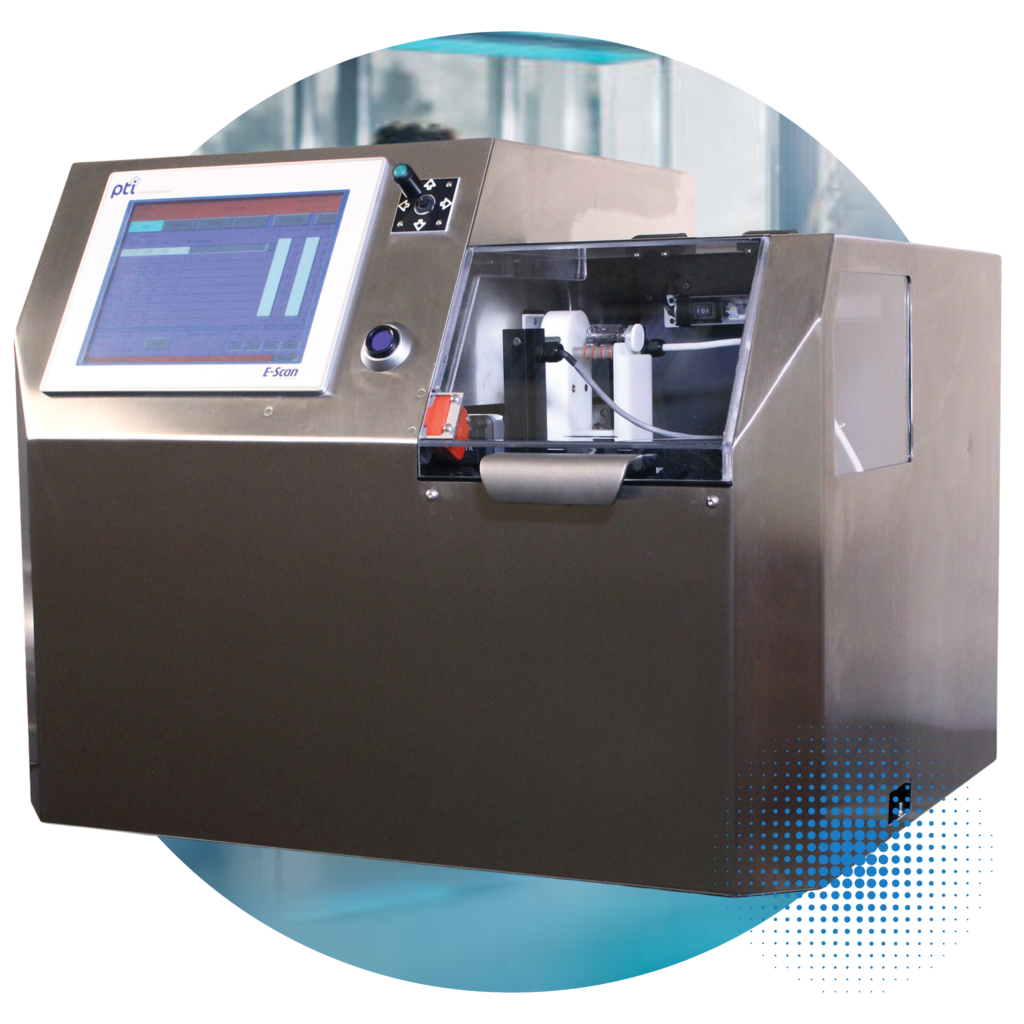MicroCurrent High-Voltage Leak Detection (HVLD)
Even the smallest leak can have significant consequences. At Gateway Analytical, we provide an advanced solution to this challenge with our High-Voltage Leak Detection (HVLD). This method uses electrical conductivity and capacitance to perform a non-destructive and deterministic test. This approach is used to detect the presence and location of leaks in packages containing liquid or semi-liquid products. It is beneficial for detecting leaks in nonporous, rigid, or flexible packages. The method relies on quantitative electrical conductance measurements.
MicroCurrent HVLD Technology for Parenteral & Biologic Products
Gateway Analytical delivers traditional HVLD techniques, introducing an innovative approach to integrity testing for all parenteral and biological products, including low conductivity liquids like sterile water for injection. This novel method, dubbed Microcurrent HVLD, operates with approximately 50% less voltage, reducing the exposure of the product and environment to less than 5% of the voltage typically associated with conventional HVLD solutions.
Mentioned in USP <1207>, PTI’s HVLD technology stands as a highly sensitive method for detecting leaks in container closure integrity, applicable to a range of liquid-filled packaging such as pre-filled syringes, vials, cartridges, and ampoules.
The E-Scan procedure employs a series of electrode probes to examine a sealed non-conductive container, which may be made of glass, plastic, or poly laminate, requiring a minimum liquid fill of 30%. The presence of a pinhole, crack, or similar defect leads to a variation in resistance and current flow, signaling a compromise in the container’s integrity. This method also allows for the approximate location of the defect to be pinpointed.

CCIT Study: High Voltage Leak Detection (HVLD)
The sample is placed on an electrically-grounded test fixture. An electrode designed for the specific product-package type exposes the sample to a high-frequency, high-voltage, low-amperage current. Suppose there is a leak path near an electrically conductive, liquid-formulation product. In that case, the electrical resistance of the sample will drop, causing a spike in the current above a pass/fail limit established using negative controls.

Gateway Analytical offers HVLD as a CCIT method for container closure or product package configuration validation. The technique is well-suited for glass containers of diverse volumes, sometimes approaching 250 mL or more. Contact Gateway Analytical today for your CCIT validation needs.
Where Reliable
Research Begins
HVLD is an ideal method for pharmaceutical and biotechnology companies that use glass-prefilled syringes as their delivery system for drug formulations. It can also be applied to container packages that are relatively nonconductive. Trust our team to conduct comprehensive CCIT validation.


